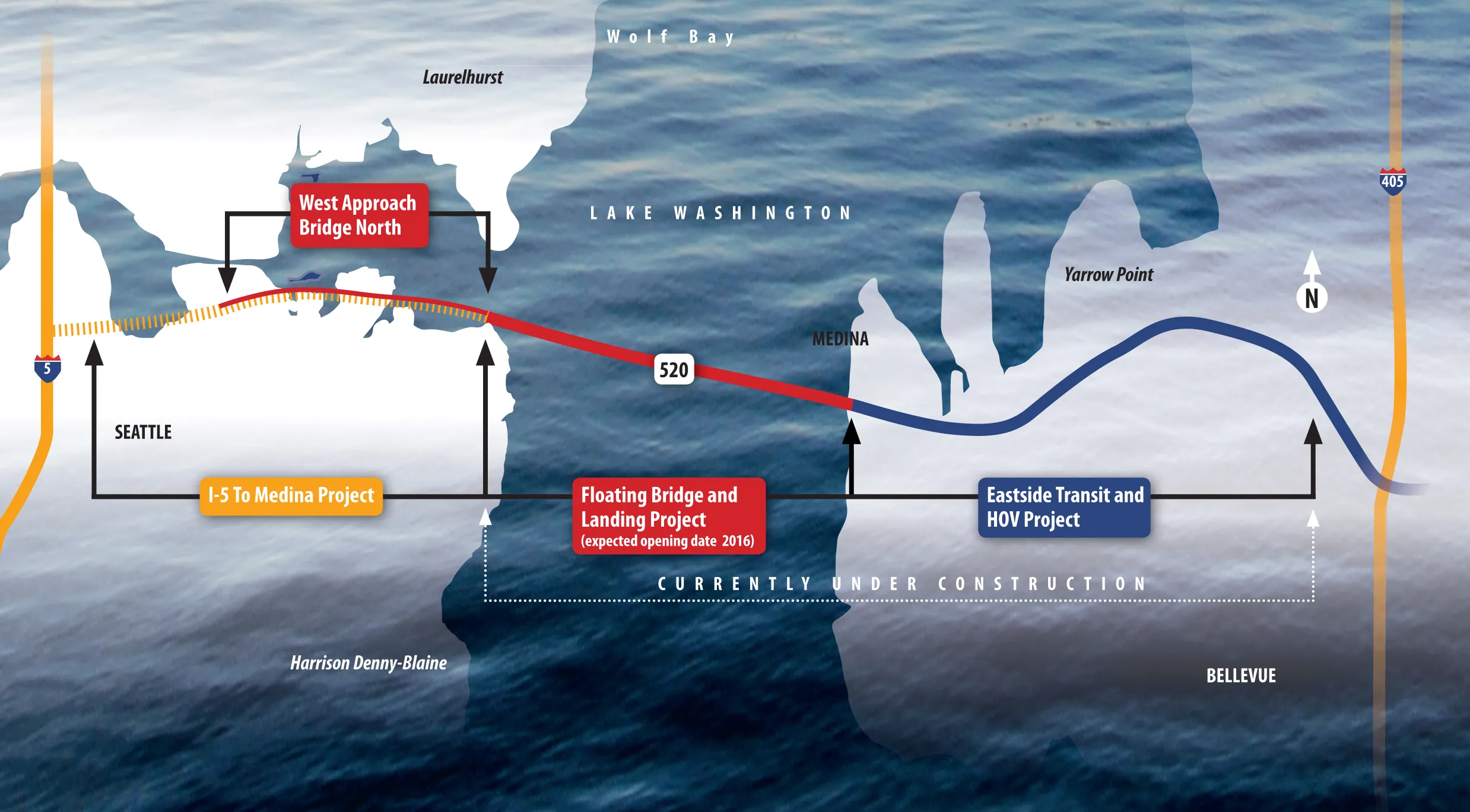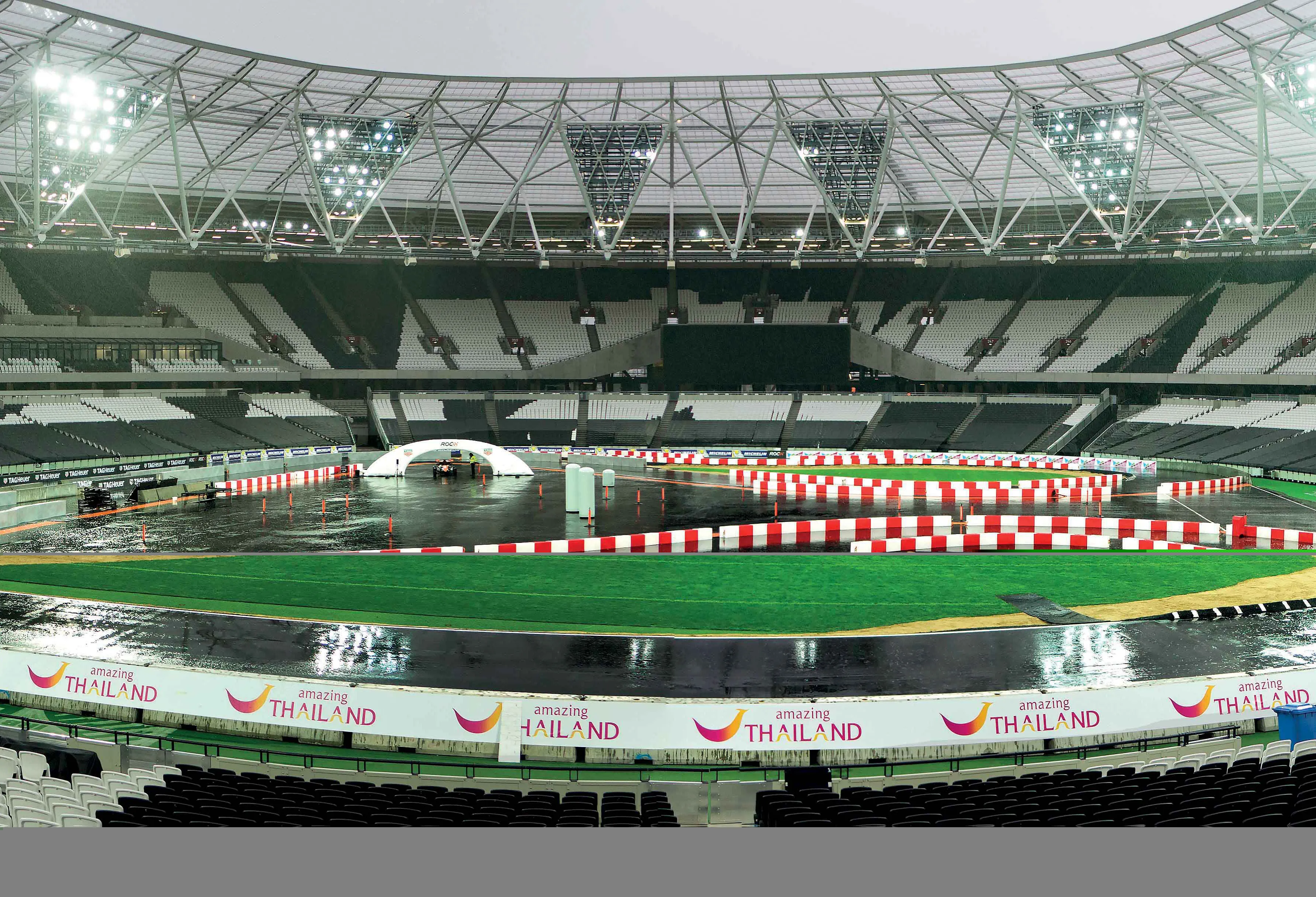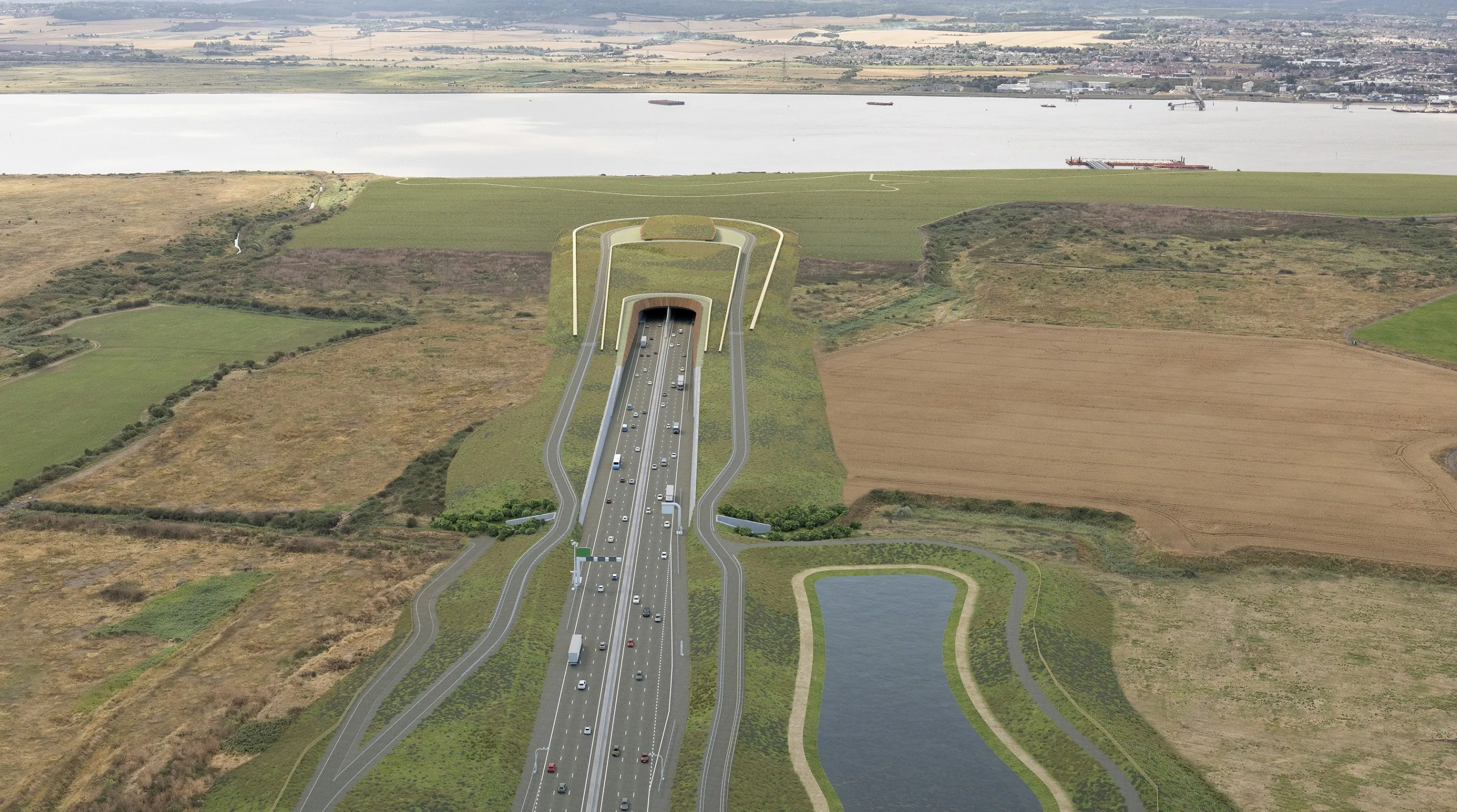Traffic was light for the reigning World SuperSport motorcycle champion Kenan Sofuoglo when he crossed the new Osman Gazi Bridge at 5a.m. last week. Which is just as well, because he topped out at 400kph on his specially prepared Kawasaki Ninja H2R after just 26 seconds, as the video shows.
In fact, no other traffic was allowed on the new US$1.3 billion bridge, named after Osman Gazi, the founder and first sultan of the Ottoman Empire.
Turkish media outlet TRTWorld reported that the bike had small win
July 5, 2016
Read time: 2 mins
Traffic was light for the reigning World SuperSport motorcycle champion Kenan Sofuoglo when he crossed the new Osman Gazi Bridge at 5a.m. last week. Which is just as well, because he topped out at 400kph on his specially prepared Kawasaki Ninja H2R after just 26 seconds, as the video shows.
In fact, no other traffic was allowed on the new US$1.3 billion bridge, named after Osman Gazi, the founder and first sultan of the Ottoman Empire.
Turkish media outlet TRTWorld reported that the bike had small winglets to aid stability and the rider was wearing a special leather suit for the occasion. There was no time to waste. To lower the risk of a tyre blowout, Sofuoglu reached the speed in less than 30 seconds,
The Osman Gazi Bridge is shy of 2.7km in length by only few meters. By contrast, Sofuoglo was anything but shy, pushing his bike to around 100kph faster than he normally does during races.
The suspension bridge crosses the Gulf of Izmit in the Sea of Marmara - around 50km east of Istanbul – and is said to be the fourth-longest suspension bridge in the world and the second longest in Europe. Construction of the quake-resistant bridge began in 2010 and it was inaugurated by president Recep Tayyip Erdogan and prime minister Binali Yildirim on June 30, according to TRTWorld.
The bridge is part of a new 421km six-lane Istanbul-Izmir Highway Project, which is costing around US$6.3 billion. When it is completed, it will cut the journey time between Izmir on the southern Aegean coast and Istanbul to the north from 10 hours to around four hours. The highway project is being built through a public-private partnership and is the first road project in the country to be procured under the Build-Operate-Transfer model.
Construction and operation of the bridge was awarded to a joint venture formed by five Turkish companies -3338 Nurol, Özaltın, 3340 Makyol, 4149 Yüksel and Gocay – and Italian construction company 1324 Astaldi place in April 2009. The consortium assigned bridge construction to company IHI Corporation from Japan.
The highway is expected to be complete in 2018.
In fact, no other traffic was allowed on the new US$1.3 billion bridge, named after Osman Gazi, the founder and first sultan of the Ottoman Empire.
Turkish media outlet TRTWorld reported that the bike had small winglets to aid stability and the rider was wearing a special leather suit for the occasion. There was no time to waste. To lower the risk of a tyre blowout, Sofuoglu reached the speed in less than 30 seconds,
The Osman Gazi Bridge is shy of 2.7km in length by only few meters. By contrast, Sofuoglo was anything but shy, pushing his bike to around 100kph faster than he normally does during races.
The suspension bridge crosses the Gulf of Izmit in the Sea of Marmara - around 50km east of Istanbul – and is said to be the fourth-longest suspension bridge in the world and the second longest in Europe. Construction of the quake-resistant bridge began in 2010 and it was inaugurated by president Recep Tayyip Erdogan and prime minister Binali Yildirim on June 30, according to TRTWorld.
The bridge is part of a new 421km six-lane Istanbul-Izmir Highway Project, which is costing around US$6.3 billion. When it is completed, it will cut the journey time between Izmir on the southern Aegean coast and Istanbul to the north from 10 hours to around four hours. The highway project is being built through a public-private partnership and is the first road project in the country to be procured under the Build-Operate-Transfer model.
Construction and operation of the bridge was awarded to a joint venture formed by five Turkish companies -
The highway is expected to be complete in 2018.









